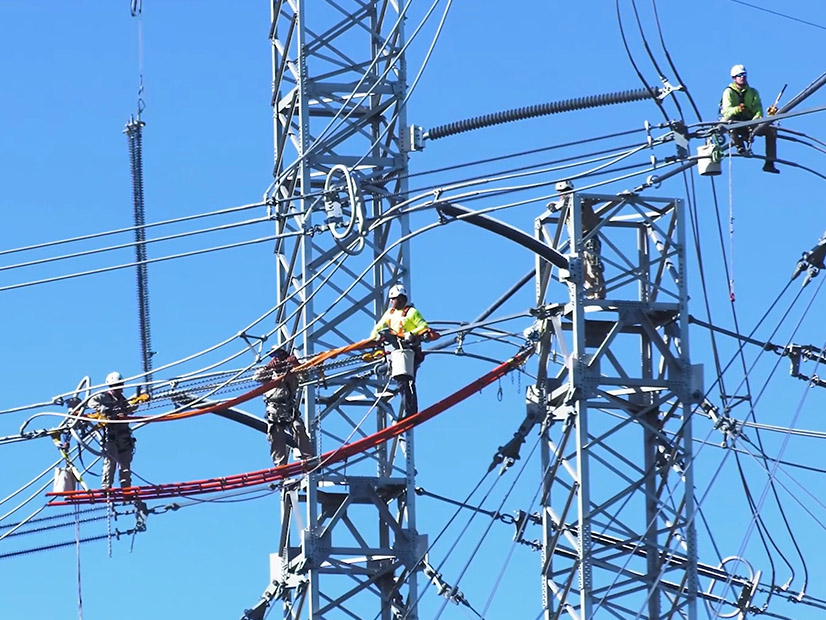MISO is collecting stakeholder suggestions on the design elements that should be included in a new cost allocation for some of the long-range transmission planning (LRTP) projects.
Milica Geissler, the RTO’s cost-allocation specialist, said Tuesday the goal is to create by the end of 2023 a methodology to allocate costs for the third and fourth LRTP portfolios. She said the design could be used footprint-wide or exclusively for MISO South.
During a meeting of MISO’s cost-allocation stakeholder group, Geissler said staff is looking to balance “granularity, feasibility and consistency” in the cost-sharing design.
“The most accurate reading for some benefits may be at the MISO footprint or sub-regional-level,” she said, advising against stakeholders expecting cost-benefit calculations at the transmission pricing-zone level.
MISO is using a 100% postage stamp rate for the first two LRTP project cycles, with those costs confined to MISO Midwest. (See FERC OKs MISO’s Bifurcated Cost-allocation Tx Design.) When planners begin looking for long-range projects in MISO South, the grid operator plans to use a more specific cost-allocation design. (See MISO Seeking New Tx Cost Allocation for Major Buildout.)
Some stakeholders have voiced concerns of disparate treatment between LRTP portfolios, saying a different cost allocation for MISO South projects will violate FERC’s principle that inconsistent allocations must not be applied to the same class of projects.
At any rate, the new cost allocation might contain cost assignments for interconnecting generation in addition to load.
Darcy Neigum, with Montana-Dakota Utilities Co., proposed that the RTO impose long-range transmission costs on interconnecting intermittent resources only. He said MISO could include a new intermittent generation MWh value in the denominator when calculating LRTP project rates.
Neigum said assigning a portion of long-range transmission costs to intermittent resources would “align cost-causers and beneficiaries.” He said states and utilities with carbon-reduction goals are driving the generation fleet change that necessitates the transmission in the first place.
“Not all states and loads are equal cost causers and beneficiaries,” he said.
Clean Grid Alliance’s Natalie McIntire raised concerns that only intermittent generators would bear the lines’ costs. She said thermal generation will benefit from long-range projects as well.
McIntire also argued that the LRTP’s primary purpose is to ensure grid reliability through the resource transition, and not to simply accommodate generator interconnections.
Sustainable FERC Project attorney Lauren Azar said Montana-Dakota Utilities’ proposal “gave her pause.”
“LRTP is not only responding to the challenges of changing grid … but extreme weather events as well. The fact of the matter is that resilience is a goal of LRTP, and everyone in MISO Midwest will benefit,” Azar said.
MISO stakeholders will next discuss LRTP cost allocation during an Oct. 18 meeting.



